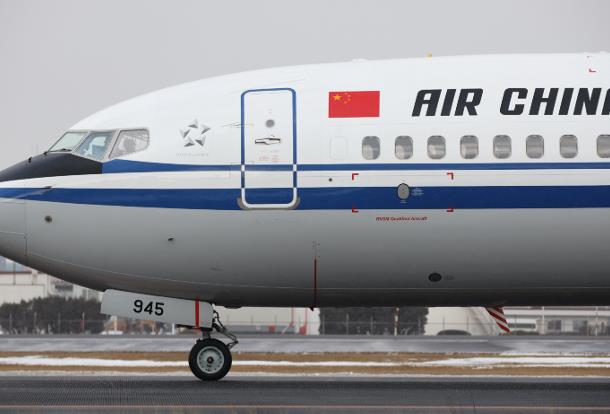Chengdu is being eyed by China Southern Airlines as a new base for a subsidiary after the important aviation hub attracted Shenzhen Airlines and Yunnan regional carrier Lucky Air to set up bases there in 2014.
Airlines converge on Chengdu
Dubbed the “fourth largest aviation hub” after Beijing, Shanghai and Guangzhou, Chengdu boasts the fifth largest airport in China with 37.5 million passengers throughput in 2014.
In addition to being the base for southwest regional carrier Sichuan Airlines, Chengdu was also made a regional hub by national carrier Air China in its 2008 geographical strategy that also designated Beijing as an integrated hub and Shanghai as an international gateway.
Air China’s subsidiary Shenzhen Airlines’ move into Chengdu is another step in its consolidation of power in the region. Air China now has the highest market share in Chengdu at 35%, outplaying Sichuan Airline’s 30% share, according to a senior Chengdu-based airline executive.
High market entry threshold
However, setting up a subsidiary in Chengdu is no easy task. Hainan Airlines has been unsuccessful in its application to establish a Chengdu base as yet.
After the 2010 Embraer disaster in the region, Civil Aviation Administration of China (CAAC) tightened restrictions for new airlines and subsidiaries in Chengdu until the end of 2013.
In spite of tightened regulations, airlines have been undeterred and China Southern Airlines’ subsidiary application to the southwestern regional CAAC office is expected to be approved by mid-2015.
Future prospects
With restrictions on official spending and economic uncertainties, China’s aviation industry has come to accept a slowdown as the “new norm”.
Yet the Chengdu market seems to offer limitless potential. Chengdu Airport invested RMB389 million to build basic cargo handling facilities and launched an air cargo incentive policy to promote significant increase in volume. Air freight is expected to have 12%-15% annual growth in the next three to five years, far outpacing the average growth rate in other regional markets.
The new Chengdu airport also offers bright prospects for passenger transport growth. Its goals are to develop capacity able to handle 40 million passenger/trips, 700,000 tons of cargo and 320,000 plane takeoffs and landings up to 2025.
But not all airlines are striking gold in the Chengdu market and international flights have not yet gained traction. Sichuan Airlines’ Chengdu to Melbourne flight had only 50% load factor at its launch. Though it has edged up to 70% load factor by now, the service still has not broken even yet.
One European airline executive said China’s southwest market is performing below expectation. “China’s southwest regional market sees major contrast in seasonality compared with the major city markets. Load factors are rock bottom in February and March incurring major losses for airlines,” he said.
However he said some western regional cities are offering cash subsidies to attract airlines and his airline company can receive a RMB400,000 (approx:US$64,000) cash subsidy per flight that alleviates cost pressure to a certain extent.(Translation by David)




